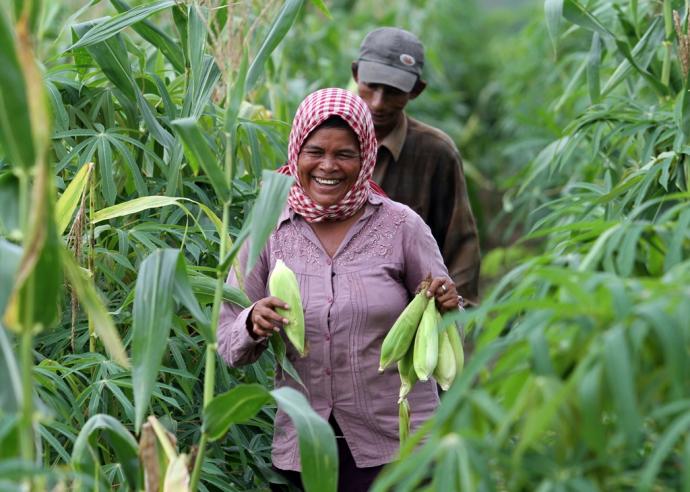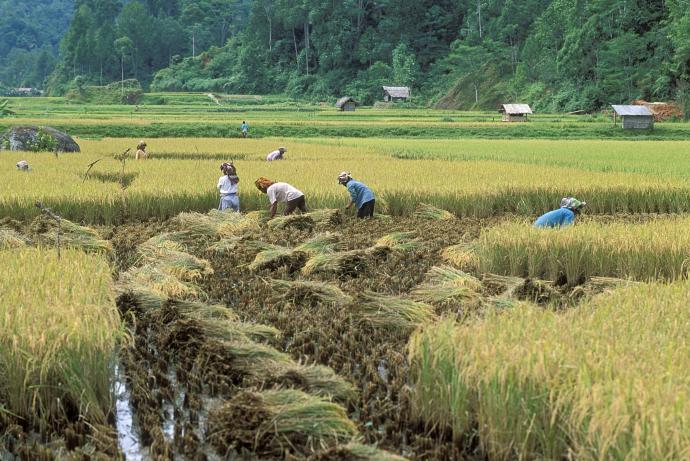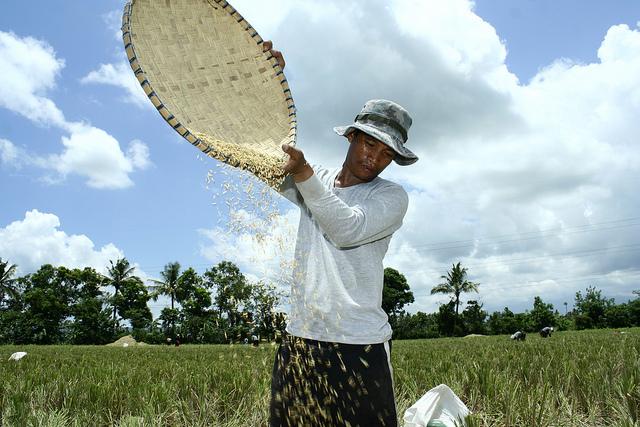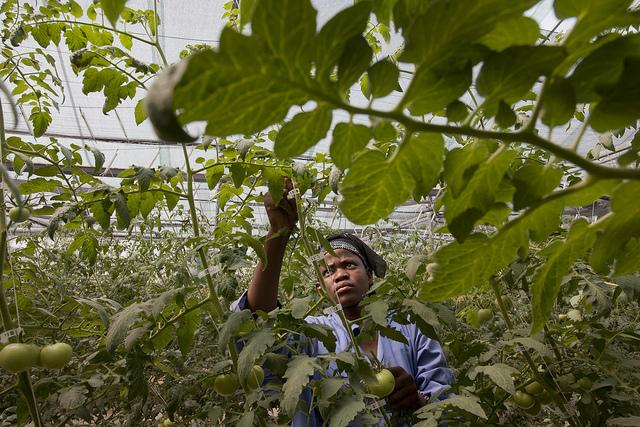Munich Re Foundation and Microinsurance Network have released a report on t he Landscape of Microinsurance in The landscape of microinsurance in Sri Lanka . " Microinsurance in Sri Lanka initially started as a service to support the microfinance sector, focusing on providing loan protection, insurance and life savings. The insurance business extended their services to provide welfare and health products to low-income people. With almost 24% of the population living on less than USD 2 a day (World Bank Statistics, 2015), it was found that health is the largest risk faced by poor households
South Asia
A newly designed Global Index Insurance Facility's Country Profile for Sri Lanka is available for digital viewing . The document contains an overview of GIIF's project in Sri Lanka and partner, Sanasa Insurance Company Ltd. (SICL).
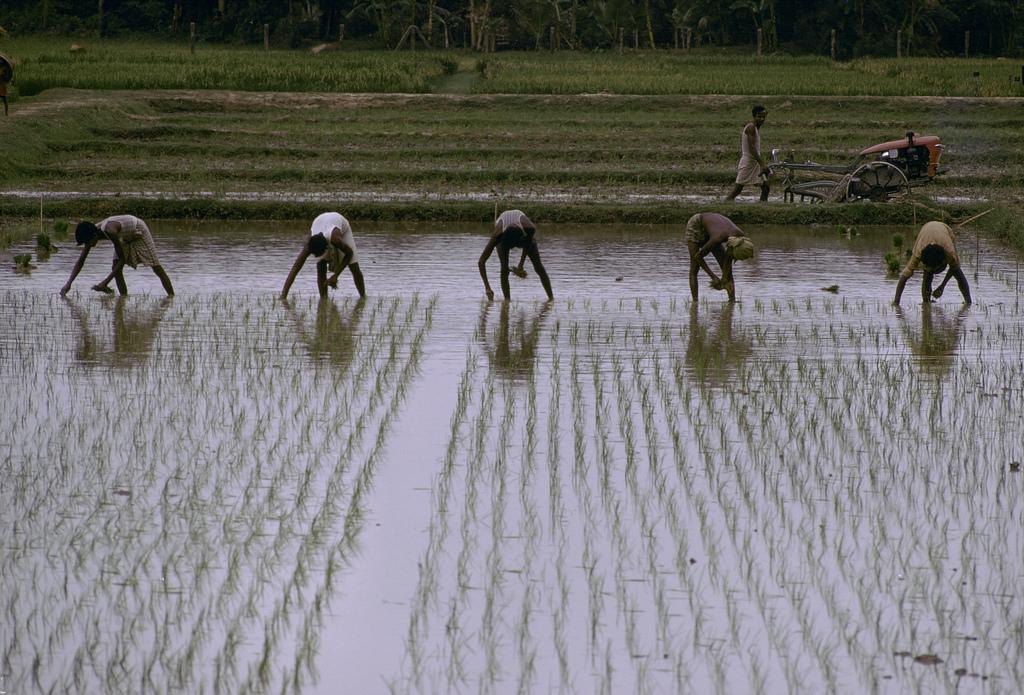
In a Harvard Business Review article, authors Dean KarlanRebecca, MannJake Kendall, Rohini PandeTavneet, and SuriJonathan Zinman discuss why microfinance is an imporant instrument for people in poverty to protect themselves from shocks such as illness, crop failures, livestock deaths, farming-equipment breakdowns and even wedding or funeral expenses. The article also sheds some light on why uninsured risk — not lack of access to capital — is a primary constraint on investment by farmers. "In India, when farmers were given rainfall index insurance, six percent more farmers focused production
Content owner:
Global Index Insurance Facility: Achievements Report (Phase 1: 2010-2015)
Topics:
Global Index Insurance Facility has produced a report that captures the Program’s achievements and on the progress of project implementation during phase one: 2010-2015. These achievements and lessons learned are the result of joint efforts, hard work and commitment with GIIF's implementing partners on the ground as well as generous support from the donors. Prepared collaboratively by the GIIF team across the globe, this report also offers a snapshot of past and future activities, including GIIF’s roles in capacity-building, outreach and communications efforts. Available in English and in
In a Sandee Working Paper, Mamata Swain and Sasmita Patnaik study two major crop insurance schemes operating in Odisha state of India: National Agricultural Insurance Scheme (NAIS) and the pilot Weather Based Crop Insurance Scheme (WBCIS). NAIS provides compensation for yield losses due to natural causes and covers all food crops and commercial crops. WBCIS provides coverage for paddy crop yield losses due to rainfall only. Both schemes are compulsory for loanee farmers and are also available for non-loanee farmers on voluntary basis. In this study, we analyze and compare various indicators
03
Feb
Key findings from the Global expert workshop co-hosted by the Ministry of Foreign Affairs, Netherlands and the Rabobank Group and organized by the World Bank’s FISF initiative. Workshop report including links to presentations made at the workshop is available here: Report on Financial Inclusion of Agriculture-Dependent Households Need to focus on broader array of financial services rather than just credit or insurance for agricultural production. Agricultural households have a broad range of financial service needs, several of them for lifecycle and business needs not related to agriculture
19
Jan
This post was originally produced during the GIIF Conference held in Paris at the OECD Headquarters. The 6 key lessons learnt that emerge from the panel are as follows: Insurance needs to be part of a value add package that generates higher income for the farmers Governments play a key role in creating markets for agricultural insurance. Experiences in Peru, India and Senegal point to government interventions such as premium support, risk financing, and linkage to credit. There is a need to design and offer the right insurance product. Area Yield Index Insurance may offer an adequate
18
Nov
Albert Einstein once remarked "if I were given one hour to save the planet, I would spend 59 minutes defining the problem and one minute resolving it." Good advice, but unfortunately all too often forgotten. The British post office (Royal Mail) at one point tried to improve its next-day delivery rate from 98 to 99%, in an attempt to improve customer perception of its services. The effort nearly broke the organization, while it would have taken much less effort and resources to simply tell the UK public about the post office's current performance -- surveys showed people thought it was
24
Nov
Interview with Xavier Gine, Lead Economist within the World Bank Research Department (DEC). 1/ What do we know about index insurance after about 10 years of experience? There has been a lot of research around the question of take-up and impact of index insurance. Despite the potentially large welfare benefits, voluntary take-up of index insurance products has been rather limited so far. Explanations for this low demand could include: The first reason is that the product may be expensive, relative to the existing risk coping strategies. After all, when it is not subsidized as is the case for
Interview with Gloria Grandolini, F&M GP Senior Director, World Bank Group Over the last 10 years , our work at the World Bank Group (WBG) has led to over 35 million farmers benefiting from new or improved insurance products. The WBG recognizes the importance of making available financial solutions, particularly insurance instruments to compensate for losses following adverse natural events.

